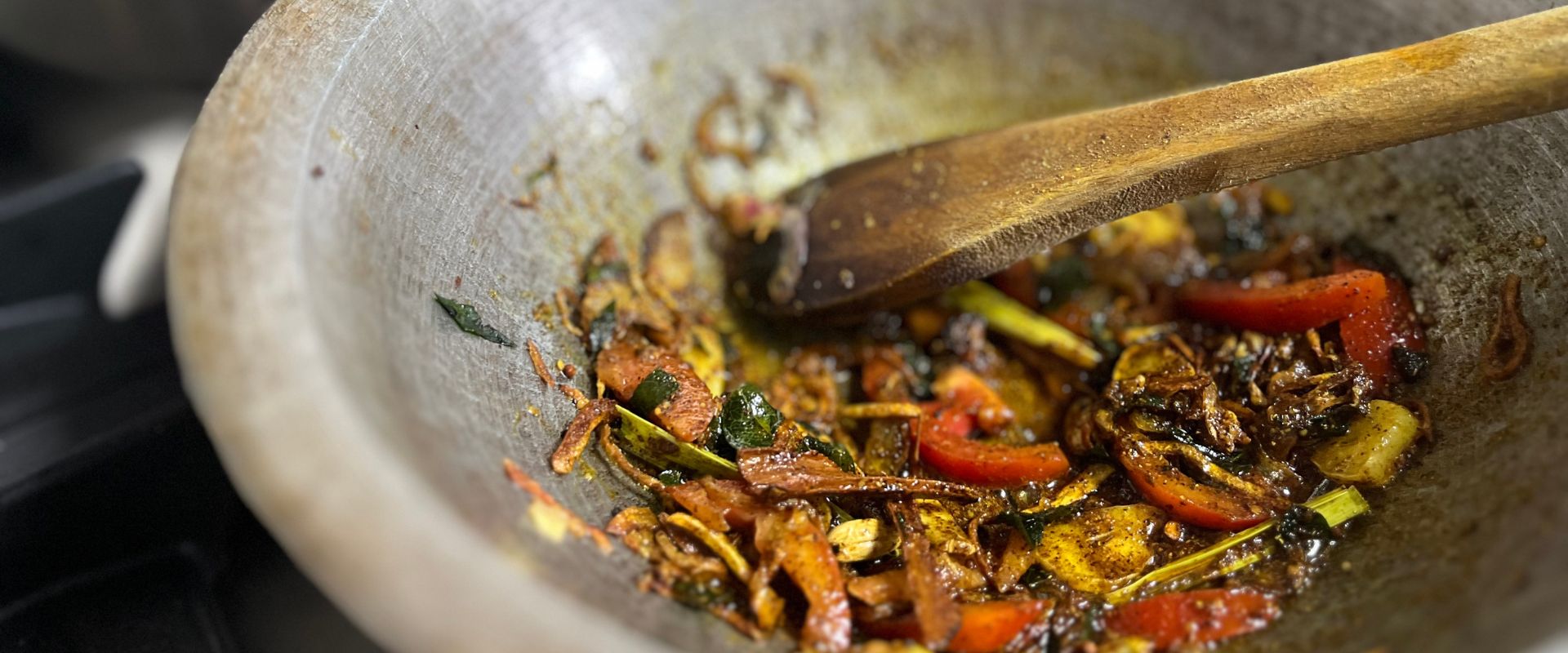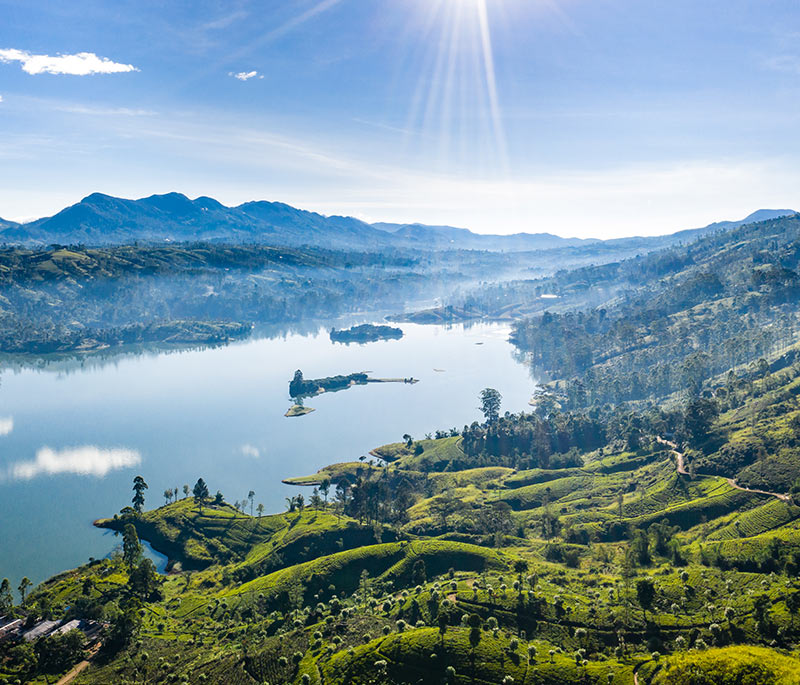The Essential Guide to Tempering
Tempering is a popular sauteing method in Sri Lankan methods of cooking to infuse extra flavours or spiciness into curries and food items. It often includes diced onions, a few sprigs of curry leaves which is typically the base to tempering anything. Other spices and condiments are then added depending on what kind of dish is being prepared or made. A curry can be tempered at the beginning of cooking the raw ingredients, or it can be done toward the end when the curry is fully cooked.
In short, tempering refers to the technique of stabilising and infusing ingredients by carefully heating them. A Sri Lankan kitchen will use coconut or unflavoured oil as the base, and then add chopped garlic and ginger, chopped or whole red and green chillies, a few mustard seeds, fenugreek, pandan, fresh or powdered cinnamon and cumin.
The word temper originates from the Portuguese temperadu, which means to fry and season. A famous Sri Lankan dish that only uses the method of tempering to prepare is seeni sambol.

Many Ways to Temper
- Meat dishes – Tempered with fresh ingredients and spices alongside with curry powder, turmeric and chilli powder if often done before adding the meat and cooking the dish further.
- Vegetable/Lentil dishes – If it is a white curry, the tempering is done separately and added to the vegetables or lentil before the curry is taken off the heat.
- Rice dishes – We Sri Lankans often temper a few spices including onions, garlic, pandan and curry leaves alongside other ingredients such as cashew and raisins to enhance the flavour of rice.
Other Countries That Practice Tempering
- India
- Nepal
- Pakistan
- Bangladesh
Tempering in India
Tempering of spices in India is referred to as tadka. It captures and maintains the essence and aroma of the spices in hot oil, infusing the final dish with a distinct flavour and fragrance. Commonly used ingredients include cumin, cinnamon, curry leaves, mustard seeds, asafoetida and red chillies.
Tempering in Pakistan
Tempering ingredients in Pakistan involves adding a small amount of oil or ghee to a pan and placing it above high heat. Although a very quick technique, the process allows the spices to infuse with the dish that is being made, creating an irresistible aroma.Commonly used ingredients include onion, garlic or ginger being added with an exotic array of spices.
Best Pans Used for Tempering
- Ideally a clay pot to enhance flavour or,
- A non-stick pan

Tempering Tips
- Add a few drops of vegetable or unflavoured oil to a pan.
- Allow the oil to heat up before adding the spices. Note; the spices need to sizzle as soon as it is added to the oil.
- The order of adding the ingredients is important. Ingredients that cook quickly will be added lastly – for example, curry leaves will burn quickly so always add them after the mustard seeds are done sputtering.
- Most spices take only a few seconds to bloom. So move fast and also, keep the ingredients for the tempering ready nearby before you begin.
- Keep stirring to activate the spices. Add more oil if the fusion looks too dry.
- Discard the tempering if the spices get burnt or else your dish will carry over the burnt taste.
- Never introduce moisture in any form to tempering – Wipe dry your curry leaves before using them.
Content gathered by Natasha Arumugam, Manager – Operations Support





